Android TV: The best application

In addition to the TV itself, Android TV also has TV box products, including Nvidia and other vendors. Android TV's interface is tiled, relatively easy to use, voice search is a key core service that allows users to easily search for content. In general, Android TV is very competitive in the smart TV market, but due to market relations, some core services may not be able to display well.
Firefox TV: Simple interface
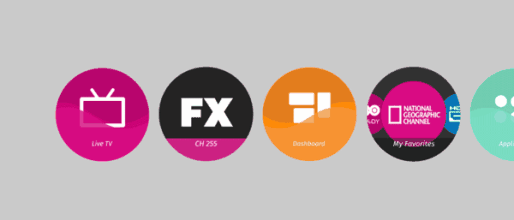
Firefox TV includes key services such as Firefox. Users can also download third-party content through the Panasonic App Store, but the number is limited. Basically, Firefox TV is synonymous with Panasonic's smart TV, and the two companies hope to increase the influence of their brands through cooperation.
Samsung Tizen: Bright Future
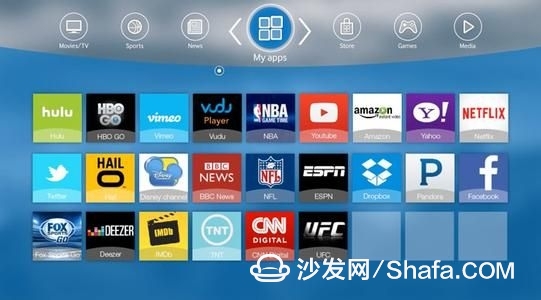
In addition, Samsung has been seeking the development of Tizen OS platform, so TV is an entrance. For example, the built-in Smart Control Remote can identify other WiFi speakers, TV boxes and other products in the home. It also supports the SmartThings Internet of Things standard and can become an Internet of Things center, and it can achieve linkage control with other smart home products.
APPLE TV: Application Support Powerful
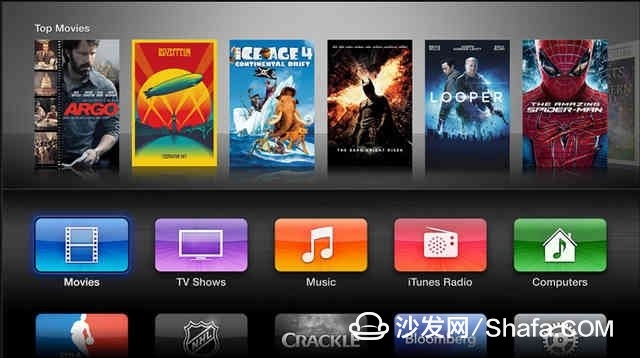
Recently rumors that Apple will be involved in the smart TV market, launched a smart TV based on the iOS system. At present, the number of Apple iOS application programs has exceeded 500,000, as long as a part of the application is turned into a TV application, this order of magnitude will be unmatched. In addition, Apple iOS's software development mechanism makes more developers happy to develop Apple's applications. In the future, everyone will probably see a lot of Apple's excellent TV program applications. However, from past experience, Apple’s iOS system is only used on its own products, and other TV companies can only choose other systems.
Windows Operating System: PC Application Conversion
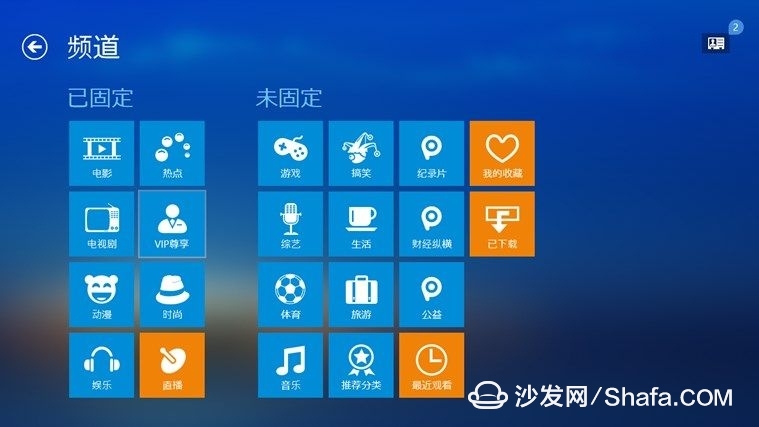
The operating system commonly used in smart TVs is also the Windows system. Because of its large user base and strong compatibility, it is currently the most mainstream operating system in the world. It is also widely used by color TV manufacturers in new smart 3D TVs, and smart TVs such as Changhong. The main use of the Android system, foreign brands use the Windows operating system; TCL also uses the Android + and Windows dual system.
The Windows system's smart TV has accumulated a large number of the latest technology applications. The CPU is very powerful. It can convert all PC applications into a perfect TV experience. The charm is that no system can compare.
LG WebOS: Fast and Dynamic
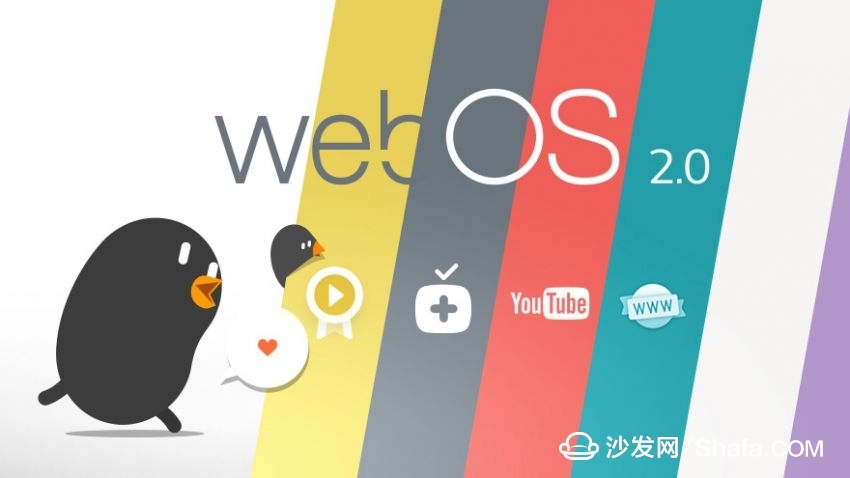
In terms of application content, it is slightly less than Android TV and Samsung Tizen, but it can basically meet the needs of users. Of course, in terms of product platformization, Web OS is still relatively isolated, and LG needs to further integrate smart homes to make TV a part of it.
Domestic self-built operating system: limitations
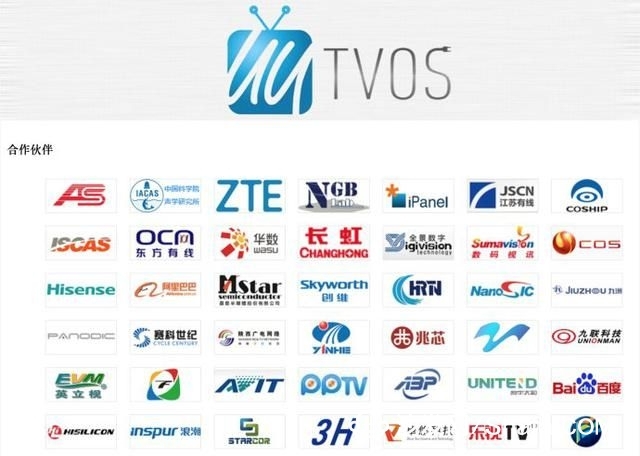
Before Google's Android operating system entered the television field, domestic TV manufacturers established their own smart TV operating platforms, such as Konka's OMI operating system based on Linux and Hisense's independently developed HITV-0S operating system.
However, due to the relatively few applications of these systems and the inconsistent standards among enterprises, these self-built platforms are difficult to promote. Recently, Radio & TV is pushing its own TVOS system. Of course... you know!
Up to now, major TV manufacturers in China have not stated their position on the release of the TVOS 1.0 system of SARFT. In fact, the current TVOS1.0 system from the release to the formal commercial, I believe it will take some time. However, according to industry sources, the SARFT is currently communicating with some companies to explain the TVOS 1.0 system. In fact, the TVOS 1.0 system developed by the General Administration of Press, Publication, Radio, Film and Television, the starting point is still very good, but the real implementation, there are still many difficulties.
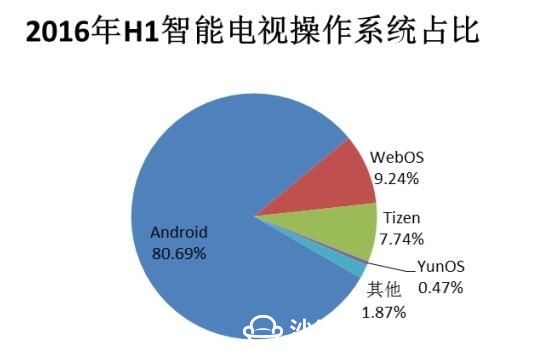
In summary, currently listed smart operating systems for smart TVs can be broadly divided into Android TV, Firefox TV, Samsung Tizen, Apple TV, Windows, LG WebOS, and domestic self-built operating systems. Among them, the Android operating system is most widely used in smart TVs, and it occupies more than 90% of mainstream products in the market. Today's dominance in the TV industry is indisputable. Most of the smart TVs introduced by Japanese and Korean TV manufacturers use Google's Android system, and some use Microsoft's Windows system. In addition, a small number of TV manufacturers use Linux or their own systems. Some powerful Korean color TV manufacturers have recently committed themselves to releasing their own operating systems in order to get rid of their dependence on android. Such as LG's webOS Samsung's Tizen. However, taking into account the expansion of the program, the subsequent software system upgrades and other issues, these inexplicable self-developed system, the general white player or do not try to be good.
In the future, in the field of smart TVs, are we using the TVOS system developed by the SARFT, or is it the TIZEN system, or an operating system independently developed by other manufacturers? No one knows, but what can be affirmed now is that the smart TV based on the Android operating system is more playable and worth considering.
1
Preparation of raw materials - including visual inspection of raw materials, chemical composition analysis, ingredients and weighing of various ingredients according to the calculation of ingredients. In addition, also includes refining agent, metamorphic agent drying and weighing.
2
Smelting - adding materials in a furnace in a certain order to melt them into alloys of uniform chemical composition.
3. Pre-furnace test -- after the alloy is evenly melted, sample and test to check whether various chemical components meet technical standards.
4
Adjustment of composition - If the chemical composition of one or more alloys is found to exceed the technical standard after testing, adjustment shall be made to make the chemical composition meet the technical standard.
5
Refining - After chemical composition requirements, a refining agent is used to remove dissolved gases and entrained solid particles from the alloy.
6
Refining metamorphism - adding appropriate refiner and modifier to aluminum alloy liquid to improve mechanical properties and mechanical cutting properties of the alloy, etc.
7
Casting -- casting aluminum alloy with qualified chemical composition, good metamorphism effect, gas content and slag content to meet the requirements into ingot, into bales.
8
Inspection and warehousing -- After inspection, aluminum alloy ingot with qualified chemical composition, gas content, inclusions, metamorphic effect, mechanical properties and appearance shall be stored as qualified productsAluminum Casting,Aluminum Casting Component,Aluminum Casting Machining,Machining Stainless Steel Component
Tianhui Machine Co.,Ltd , https://www.thcastings.com